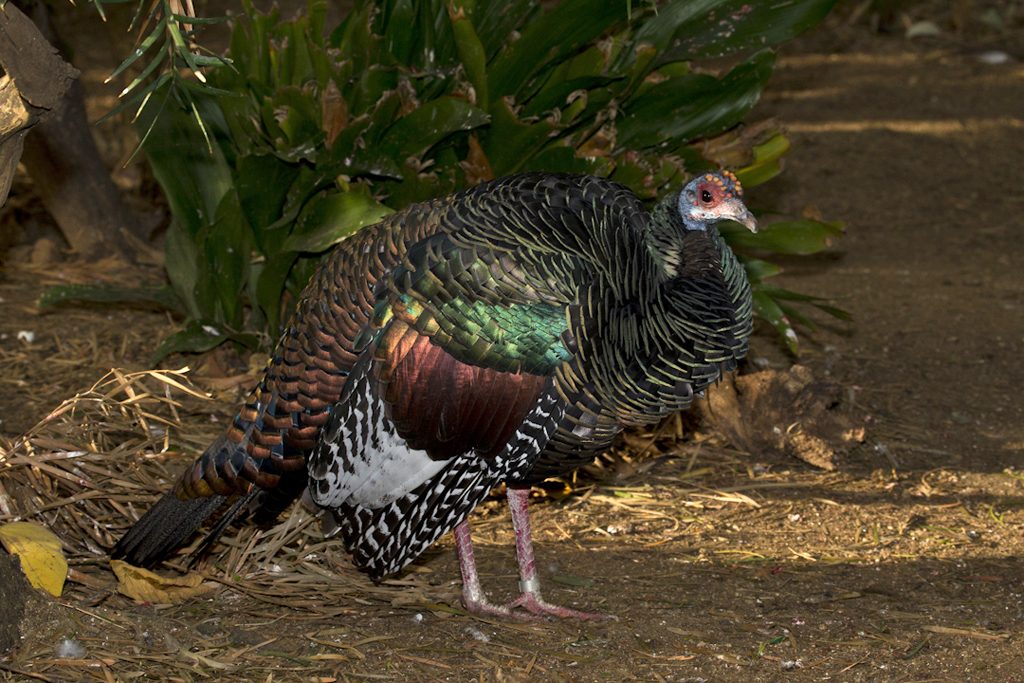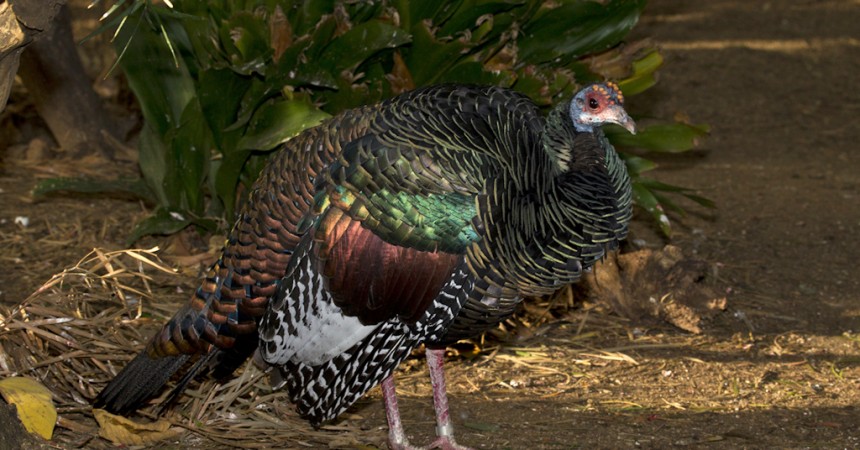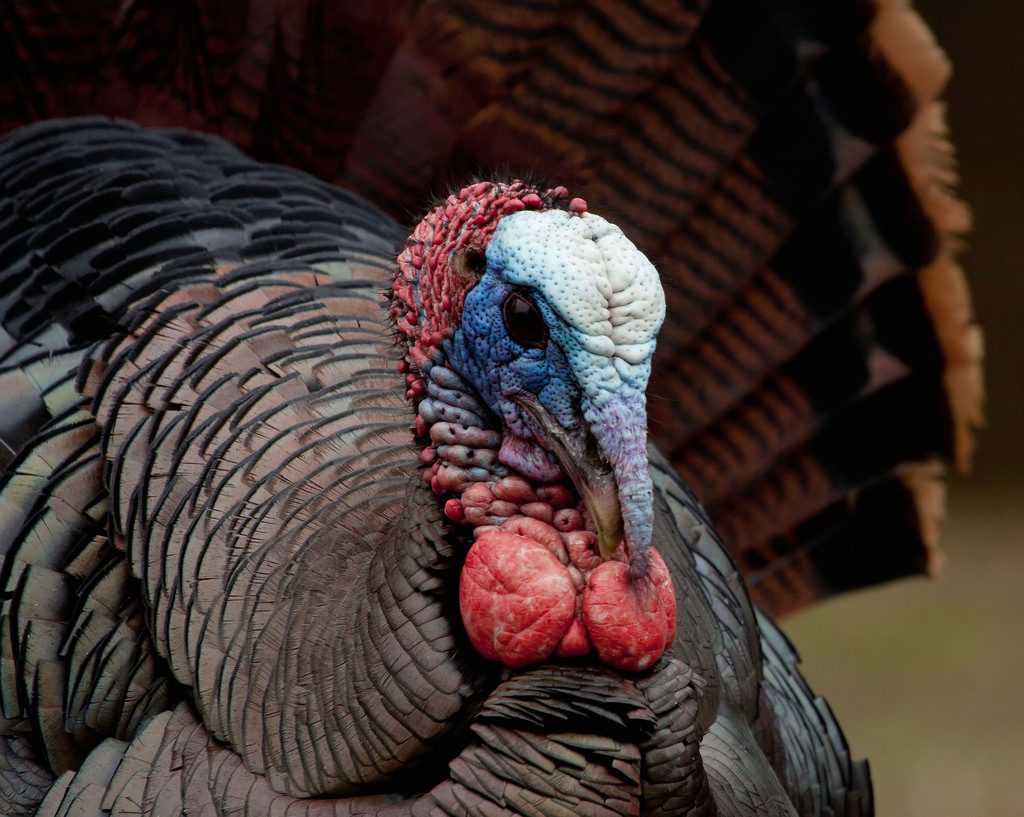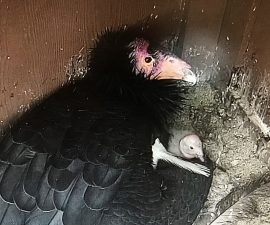There are a lot of myths clumsily flying around out there about the bird that defines the holiday season, the iconic North American turkey. It’s time to gobble up some of those myths once and for all and hook you up with some trivia to share at the dinner table to impress your cohorts.
Myth 1 – Turkey was served at the first Thanksgiving
Common folklore holds that the turkey was an important food at the first Thanksgiving, but it’s doubtful the turkey was part of the holiday tradition until the 1800s. It’s more likely that other game birds were served, such as the now-extinct passenger pigeon.
Myth 2 – Turkeys are just big chickens
Turkeys are NOT chickens. The two birds are entirely different species separated by tens of millions of years of evolution.
Myth 3 – Benjamin Franklin wanted the turkey to be our national symbol
Benjamin Franklin never explicitly suggested that the US adopt the turkey as its national symbol, but he did once praise the turkey in writing as a more “respectable” bird than the bald eagle.

The ocellated turkey is a species of turkey residing primarily in the Yucatán Peninsula.
Myth 4 – Turkeys can’t fly
Wrong. Despite having one of the highest body-weight-to-wing-area ratios, turkeys can fly up to 55 m.p.h. and have been observed nesting in trees.
Myth 5 – Turkey makes you sleepy
It’s true that turkey contains tryptophan (an amino acid that produces serotonin, which helps regulate sleep), but most other meat has similar amounts of tryptophan. The sleepiness you feel after that Thanksgiving feast is your body’s exhaustion from consuming an insane amount of calories.
Do you have any other turkey facts or myths to share? Let us know in the comments.
Matt Steele is social media supervisor for San Diego Zoo Global.






